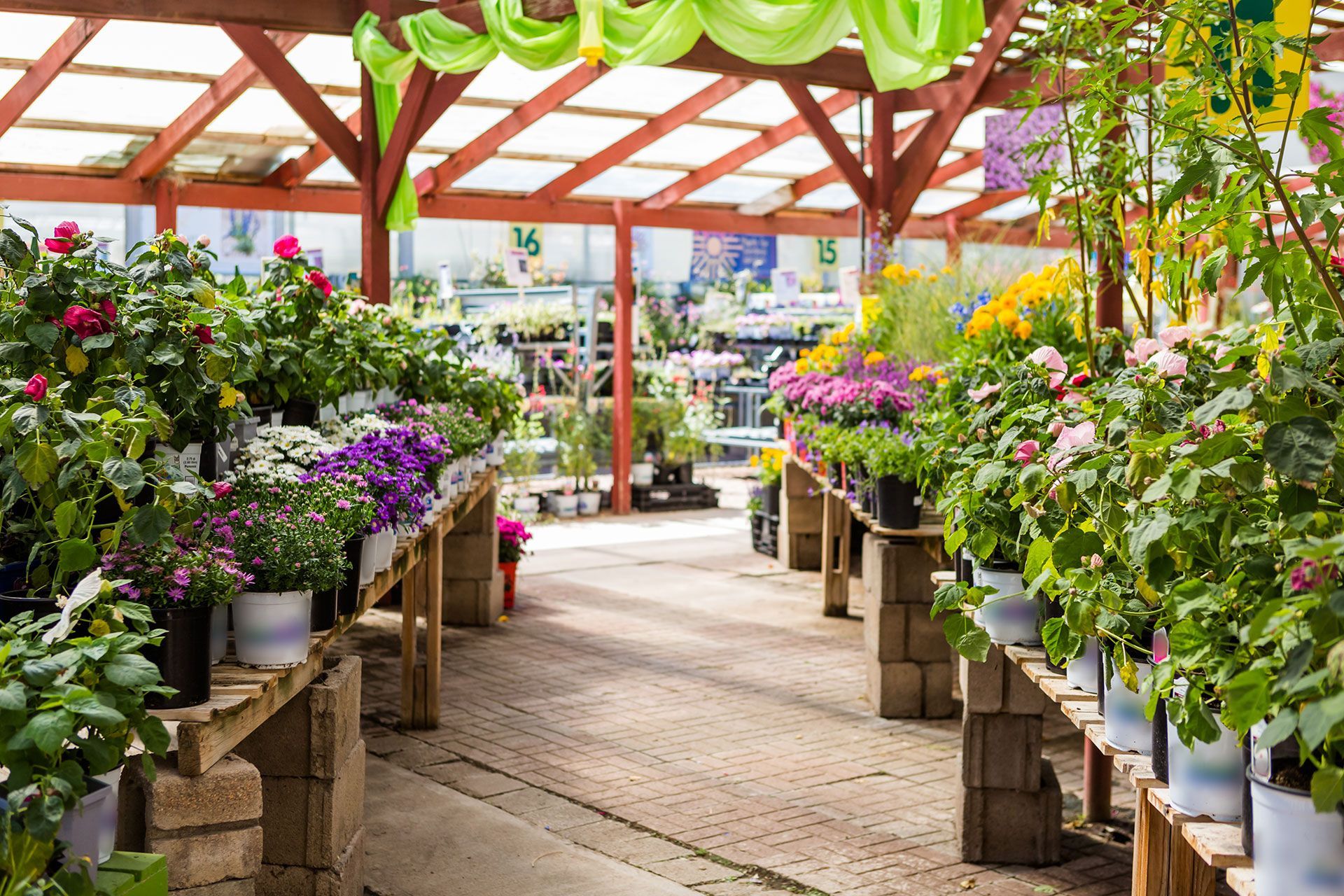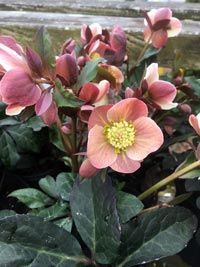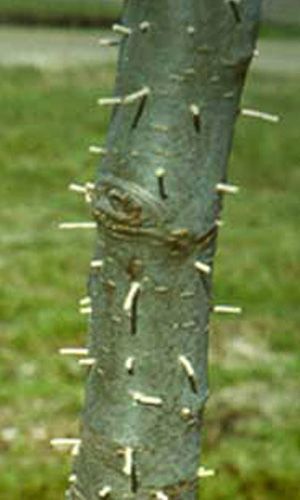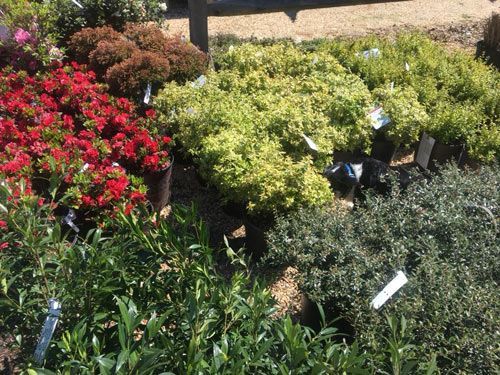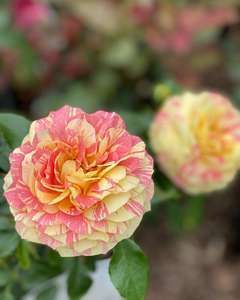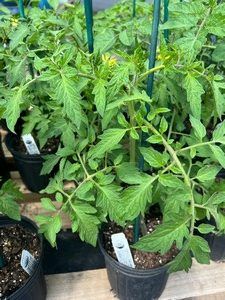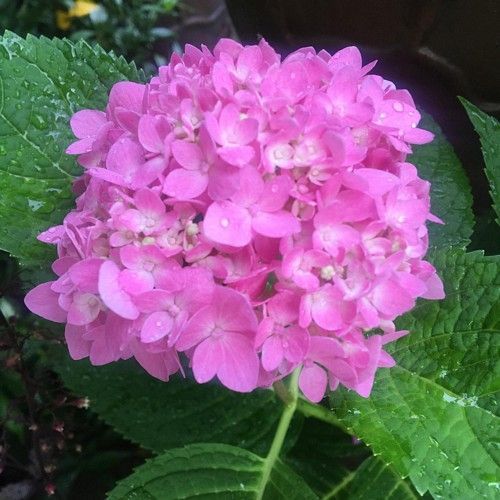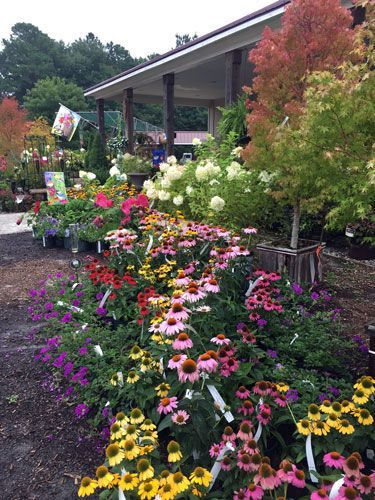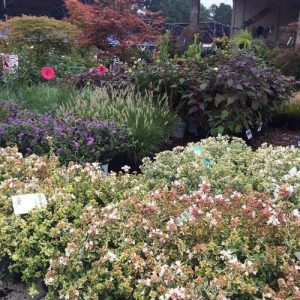Fall Garden Checklist: Prepping Your Plants for Winter
Preparing Your Garden for Spring
Preparing your garden in fall protects plants from freeze damage, reduces disease pressure, and sets the stage for vigorous growth in spring. Use this structured checklist to winterize beds, borders, containers, and lawns.
1) Take Inventory & Plan
- Map your garden beds and note perennials, shrubs, annuals, bulbs, and edibles.
- Identify tender plants (USDA Zones 7 and below) and areas with poor drainage or wind exposure.
- Check first frost dates and average lows for your ZIP code to set deadlines.
2) Clean Up with Purpose
- Remove spent annuals and diseased foliage. Bag and trash diseased material; do not compost.
- Leave 6–8 inches of healthy perennial stems to catch mulch and support beneficial insects.
- Cut back aggressive self-seeders to prevent spring weed pressure.
3) Divide & Transplant Perennials
- Divide clumping perennials (daylily, hosta, Siberian iris, asters) 4–6 weeks before hard freeze.
- Replant divisions at original depth; water in and mulch. Label varieties for spring tracking.
- Move poorly performing plants to locations with appropriate sun and soil.
4) Protect Soil Health
- Top-dress beds with 1–2 inches of finished compost to feed soil biology.
- Add 2–3 inches of organic mulch (shredded leaves, bark, or straw) after a light frost.
- Avoid piling mulch against crowns or trunks; maintain a 2–3 inch gap.
5) Water Deeply Before Ground Freezes
- Provide 1 inch of water per week until the soil freezes, especially for evergreens and new plantings.
- Water early in the day to reduce foliar disease and allow excess to drain.
6) Feed Selectively
- Do not apply high-nitrogen fertilizers to perennials late in fall; it can force tender growth.
- For lawns, use a slow-release fall fertilizer or winterizer per label directions.
- Incorporate rock phosphate or bone meal when planting spring-blooming bulbs.
7) Plant Spring Bulbs
- Plant tulips, daffodils, hyacinths, and crocus 6–8 weeks before the ground freezes.
- Depth guideline: 2–3 times the bulb’s height; pointy end up, firm soil contact.
- Add wire mesh or bulb cages to deter squirrels in high-pressure areas.
8) Protect Tender and Young Plants
- Wrap young tree trunks with tree guards to prevent sunscald and animal damage.
- Mound 4–6 inches of mulch around marginal perennials and graft unions (e.g., hybrid tea roses).
- Use frost cloths or burlap windbreaks for exposed evergreens and containers.
9) Overwinter Containers
- Move pots of hardy perennials to a sheltered area; cluster and insulate with leaves or straw.
- For non-hardy containers, bring plants indoors or treat them as annuals and compost soil.
- Use pot feet to prevent waterlogging and freeze–thaw cracking.
10) Prune Strategically
- Remove dead, damaged, or diseased wood anytime.
- Delay major pruning of spring-flowering shrubs (lilac, forsythia) until after they bloom.
- Prune roses to 12–18 inches only in very windy areas to prevent rocking.
11) Lawn Care Essentials
- Mow cool-season lawns to 2.5–3 inches for the final cuts.
- Rake or mulch fallen leaves; a thin layer can be mulched in place to add organic matter.
- Aerate compacted areas and overseed bare patches 4–6 weeks before frost.
12) Vegetable Beds & Herbs
- Harvest remaining produce; pull spent plants and discard diseased material.
- Sow cover crops (winter rye, crimson clover) to suppress weeds and improve soil.
- Uproot tender herbs like basil; pot up rosemary, parsley, and chives to grow indoors.
13) Irrigation & Tools
- Drain hoses and irrigation lines; store hoses coiled and off the ground.
- Shut off outdoor water at the source and insulate exposed spigots.
- Clean, sharpen, and oil tools; sanitize pruners with 70% alcohol.
14) Wildlife & Beneficial Insects
- Leave seed heads on coneflower, rudbeckia, and ornamental grasses for birds.
- Create leaf piles in out-of-the-way areas to shelter overwintering pollinators.
- Avoid broad pesticide applications; spot-treat only when necessary.
15) Safety & Timing
- Work on dry days to prevent soil compaction.
- Use proper lifting techniques when moving divisions or heavy pots.
- Schedule tasks by priority: disease removal, watering, bulbs, mulching, then pruning.
Regional Adjustments
- Cold climates (Zones 3–5): Start earlier, prioritize deep watering and thicker mulch.
- Mild climates (Zones 8–10): Focus on weed suppression, winter vegetables, and irrigation maintenance.
- Wet climates: Improve drainage; consider raised beds and avoid working saturated soil.
Final Check Before First Hard Freeze
- Bulbs planted and labeled
- Mulch applied with clear crown space
- Hoses drained and spigots insulated
- Tools cleaned and stored
- Young trees protected
- Containers secured or moved
Visit Our Garden Center today to get started
A comprehensive fall routine protects plant roots, improves soil structure, and reduces spring workload. Use this checklist to sequence your tasks and document what works in your garden. For best results, align timing with your local frost dates and hardiness zone.
Stay consistent, record outcomes, and refine your process each year for healthier, more resilient beds and borders.
If you're in need of any materials or tools, feel free to
visit Logan's Garden Hut in Fuquay-Varina, NC. At our garden center, we carry all types of products, from organic seeds and compost to garden tools and more. Whether you have a small or large garden, our local greenhouse has everything you need to be successful!


